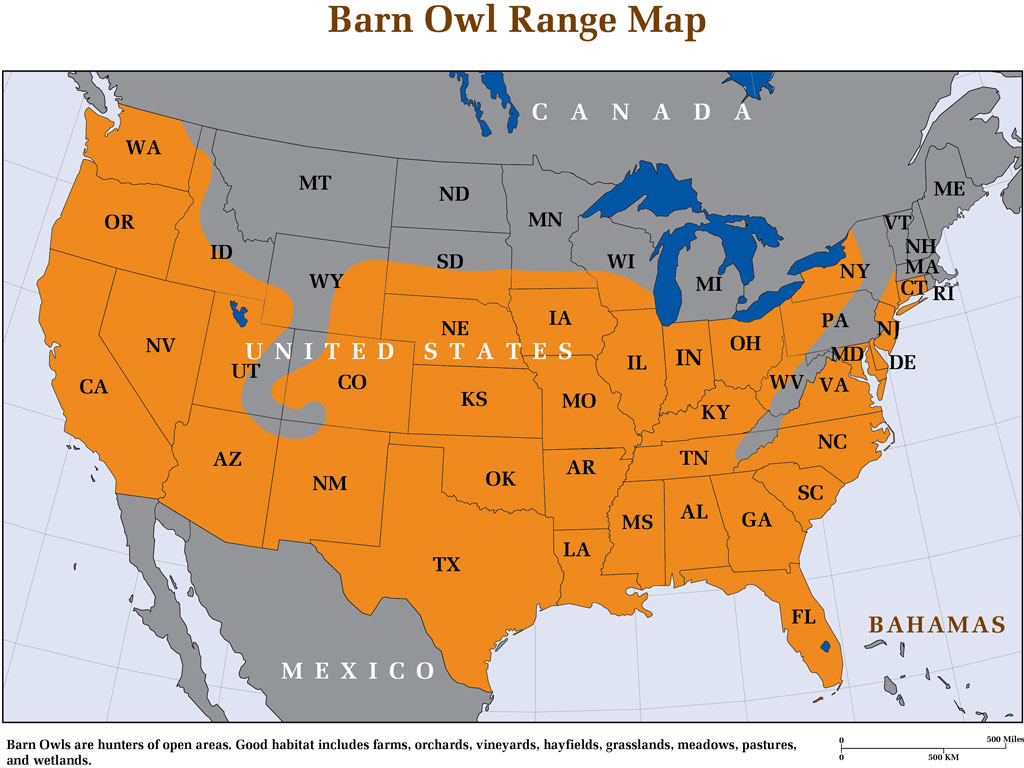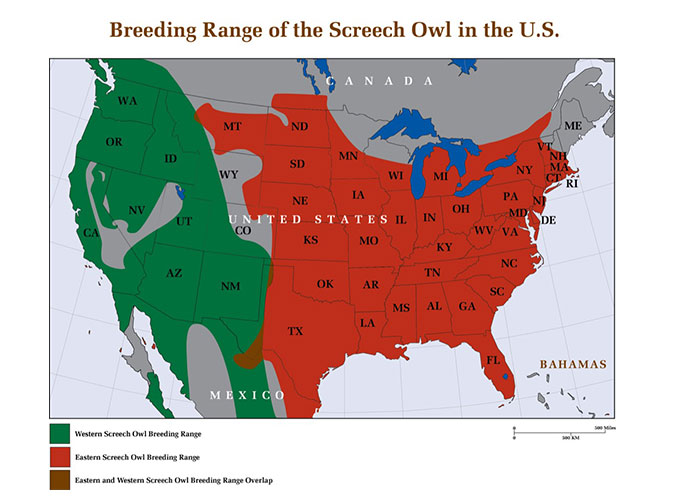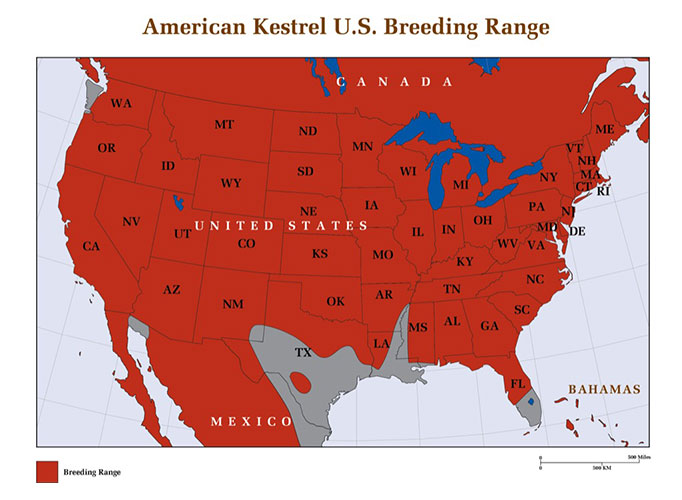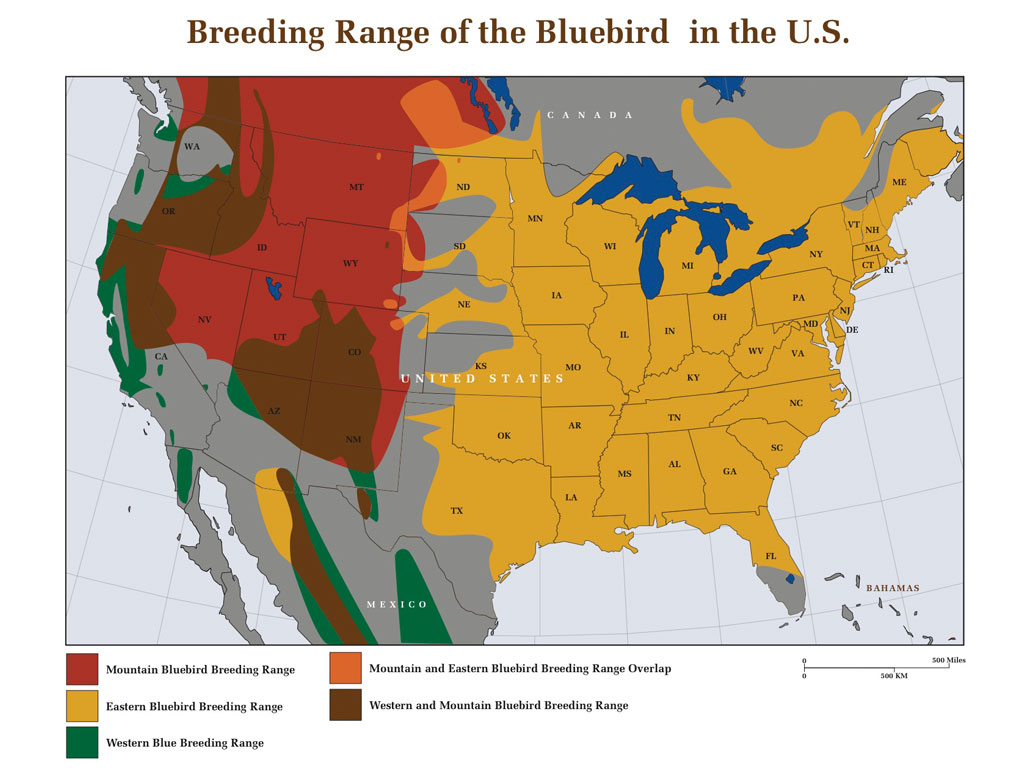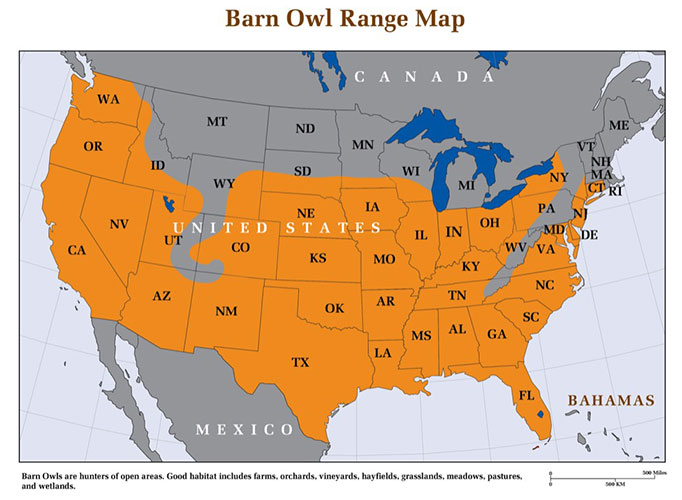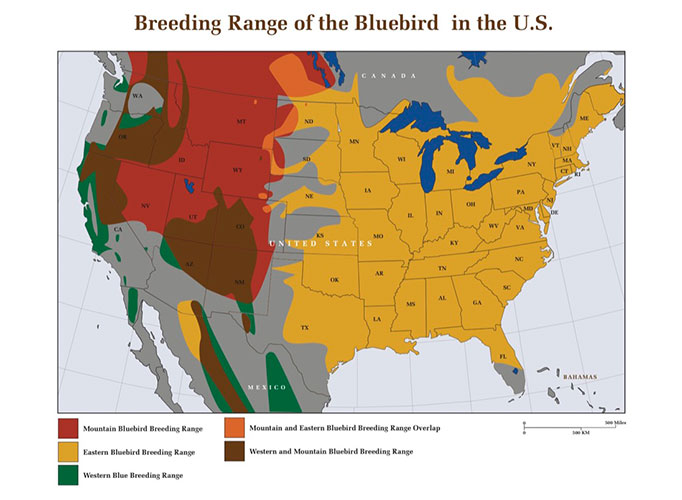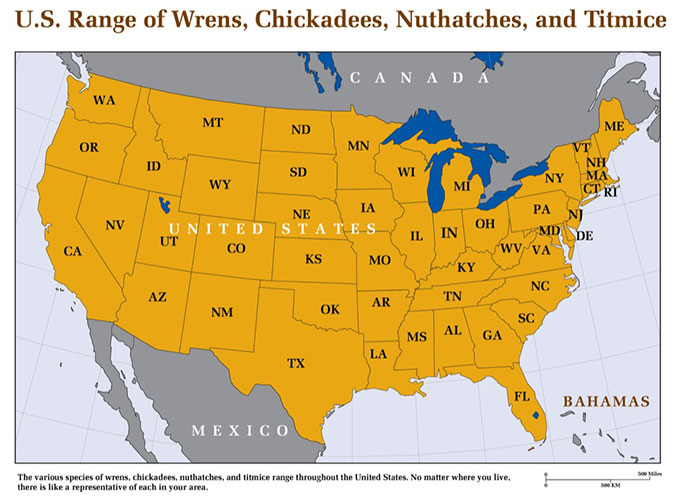Free Shipping to the Contiguous United States
Bluebird Facts
Bluebirds begin breeding in early to late March in most areas. Breeding begins with males staking out potential nest sites and advertising them to prospective females with display flights and calls. Once the female chooses a site, she alone will…

